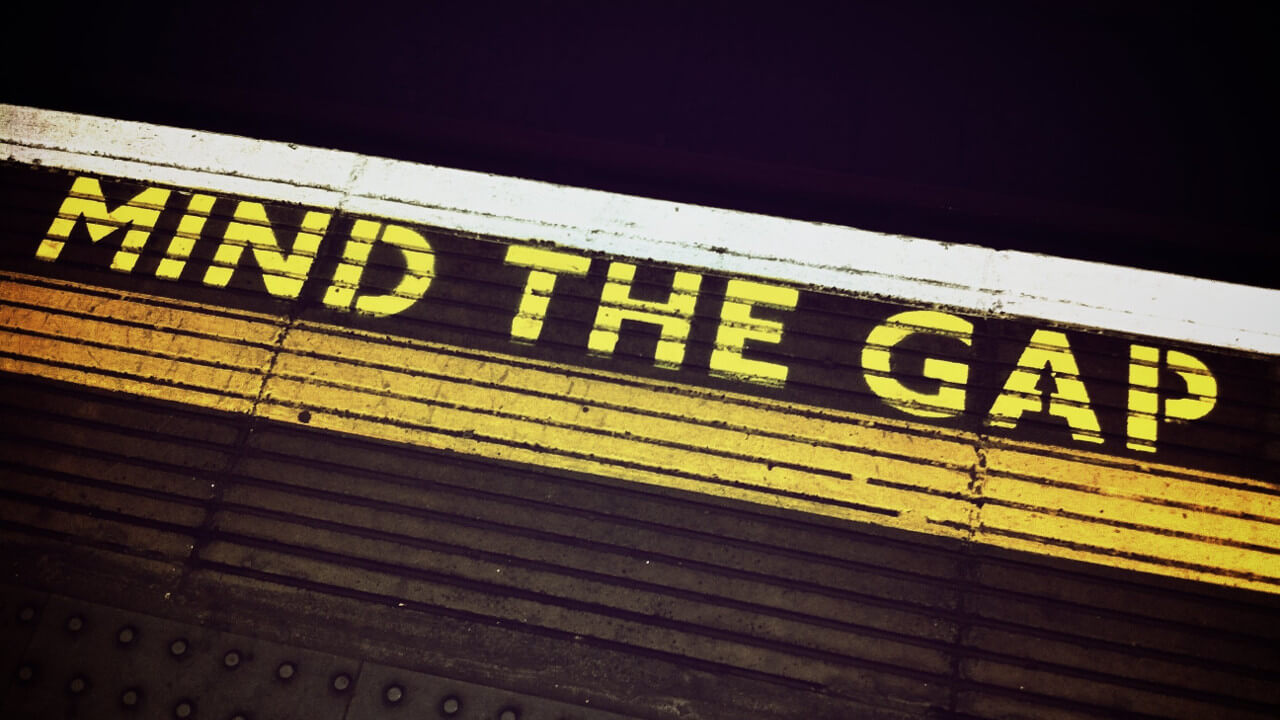London Underground Map – The Tube network
If one city is associated with its subway, then it is definitely the British capital, which has the oldest underground system in the world with its London Underground, which opened on January 10, 1863. With a total length of 402 kilometers, the London Underground is also one of the longest subway networks in the world, although it has not been the longest network for some years now. The Shanghai and Beijing subways now rank ahead of the London Underground. The London Tube Map currently has 11 lines, only around 45 percent of which actually run underground, serving a total of 270 stations.
A special feature of the London Underground is the naming of the lines, which are listed on the subway map with a proper name. Unlike in metropolises such as Barcelona, Berlin or Tokyo, the metro lines are therefore not recognizable by their numbering and a capital letter in front of them. The London Underground, which takes up to 3.7 million passengers from A to B every day, is operated by London Underground Limited, a subsidiary of the umbrella organization Transport of London.
Overview of the London Subway lines
- Bakerloo Line (Harrow & Wealdstone ↔ Elephant & Castle)
- Central Line (West Ruislip ↔ Epping)
- Circle Line (Hammersmith ↔ Edgware Road)
- District Line (Richmond ↔ Upminster)
- Hammersmith & City Line (Hammersmith ↔ Barking)
- Jubilee Line (Stanmore ↔ Stratford)
- Metropolitan Line (Aldgate ↔ Uxbridge)
- Nothern Line (Morden ↔ High Barnet / Mill Hill East / Edgware)
- Piccadilly Line (Cockfosters ↔ Heathrow Terminal 5 / Uxbridge)
- Victoria Line (Walthamstow Central ↔ Brixton)
- Waterloo & City Line (Waterloo ↔ Bank)
Information for tourists on the London Underground map
Even if the subway lines on the London Tube Map are not uniformly marked, orientation in London’s underworld is not particularly complicated, even for non-locals, because the individual lines have descriptive names. These are easy to understand and provide an indication of the route, which makes it much easier to find your way around. This aspect is particularly important, as around 17.3 million people from Germany and abroad come to the Thames every year.
The Metro plays a particularly important role in London’s transportation system, especially as sights such as Tower Bridge, Big Ben and the London Eye can be reached particularly quickly and conveniently this way. Nevertheless, the question of how much London Underground tickets cost and how to save money on the London Tube still arises in the British capital.
London Underground Tickets & Prices
As in Berlin, the London transport companies responsible for the London Tube rely on different fare zones rather than a uniform fare system. The London Tube Map comprises nine fare zones, numbered from 1 to 9. Starting with Zone 1, which covers the entire city center, the zones are numbered in ascending order, moving further and further away from the city center and into the neighboring municipalities or Heathrow Airport (Zone 6).
As almost all places worth seeing in London are located in zones 1-2, a ticket for these zones is usually sufficient. In principle, the price of London Underground tickets depends on the number of zones traveled through. For stations located at zone boundaries, the fare for the cheaper zone always applies. This is the case, for example, at North Acton station on the Central Line.
To alleviate the rush hour somewhat, the operating company offers a discount on many tickets outside rush hour, so that the less busy trains can be used as an alternative. The ticket offer in London is basically divided into “pay as you go” tickets and so-called travelcards. The category of “pay as you go” tickets mainly includes one-way tickets and paper day tickets.
However, the so-called Oyster Card, which enables contactless reading via RFID chip, is also very widespread. This card can also be used to book one-way tickets and day tickets electronically and is even significantly cheaper per journey than any paper ticket. It is also interesting to note that the Oyster Card has a cost cap per day and fare zone. As soon as the cap is reached, each additional journey in the corresponding fare zone is free of charge on the day of validity.
The most important tube tickets in London
| Ticket | Prices | Buy a ticket |
|---|---|---|
| Single ride | from 6.60 GBP | available on-site |
| Single ride (Main times) | from 6.60 GBP | available on-site |
| Weekly ticket (Oyster Card) | from 33.00 GBP | available on-site |
| Travelcard (24h) | from 12.30 GBP | available on-site |
| Travelcard (7 Days) | from 33.00 GBP | available on-site |
| Travelcard (30 Days) | from 126.80 GBP | available on-site |
The background to the more attractive prices is the desire to save on paper tickets and reduce the London Tube’s personnel costs. Alternatively, travelers can also use the so-called Travelcard, which can be used as a day pass or multi-day ticket. The Travelcard entitles you to any number of journeys on the London Subway and city buses within the selected fare zone during the period of validity. There are also interesting discounts, for example on trips on the “Emirates Air Line” cable car and the “Thames Riverboat” ships.
London Underground tickets can be purchased before departure from the ticket machines located in front of the electronic platform access barriers. Alternatively, the Oyster Card and Travelcard are also available at the service points or can be pre-ordered. London Underground tickets are validated at the electronic access barriers. While this happens with paper tickets by inserting them into the device provided for this purpose, the tickets intended for contactless reading are simply held up to the sensor. The ticket is also required to leave the subway at the destination station.
London Underground timetable
The timetable for the London Underground runs from Monday to Thursday from around 5:30 a.m. to midnight. On Sundays, on the other hand, the traffic duration is reduced to the period between 7:30 am and 11:30 pm. The frequency of most lines depends on the expected utilization of the respective line at certain times of the day. While there are usually only two to three minutes between two subway trains during rush hour between 7:30-10:00 and 16:40-19:00, the interval outside rush hour is 6-20 minutes, depending on the line.
To the timetables of the London Underground lines:
Bakerloo Line, Central Line, Circle Line, District Line, Hammersmith & City Line, Jubilee Line, Metropolitan Line, Nothern Line, Piccadilly Line, Victoria Line, Waterloo & City Line
Since September 23, 2016, night owls in London no longer have to resort to expensive cabs at the weekend. On the nights between Friday and Saturday as well as Saturday and Sunday, the Subway operates 24 hours a day on the central lines. This currently applies to the Jubilee Line, the Victoria Line, the Piccadilly Line, the Central Line and the Northern Line. On these lines, the nightly frequency is between 7½ and 10 minutes. By 2021, four more London Tube Map lines – the Metropolitan Line, the Circle Line, the City Line and the District & Hammersmith Line – will be operating at night at weekends. During the week, however, night owls still have to rely on cabs and night buses. London night bus routes can be recognized by the prefix “N”.
Further information on the London Underground
The London Underground is also slowly but surely reaching its limits due to the growing number of commuters and tourists. And so the government has provided 16 million pounds to expand and modernize the subway system by 2030. In addition to increasing the capacity of some lines, such as the Victoria Line, the route network itself is also to be expanded. By 2030, the London Tube Map is to be extended to include an extension of the Northern Line to Battersea, for example.
The ubiquitous announcement “Mind the gap”, referring to the edge of the platform, has already achieved a similar cult status in London as the red double-decker buses. If you are looking for an unusual souvenir from the city on the Thames, you will find the saying on numerous souvenirs such as T-shirts, mugs, jackets and bags. Another fun fact: the German band Scooter dedicated one of their albums to this piece of London cultural heritage and named it “Mind the Gap” (2004) accordingly.







